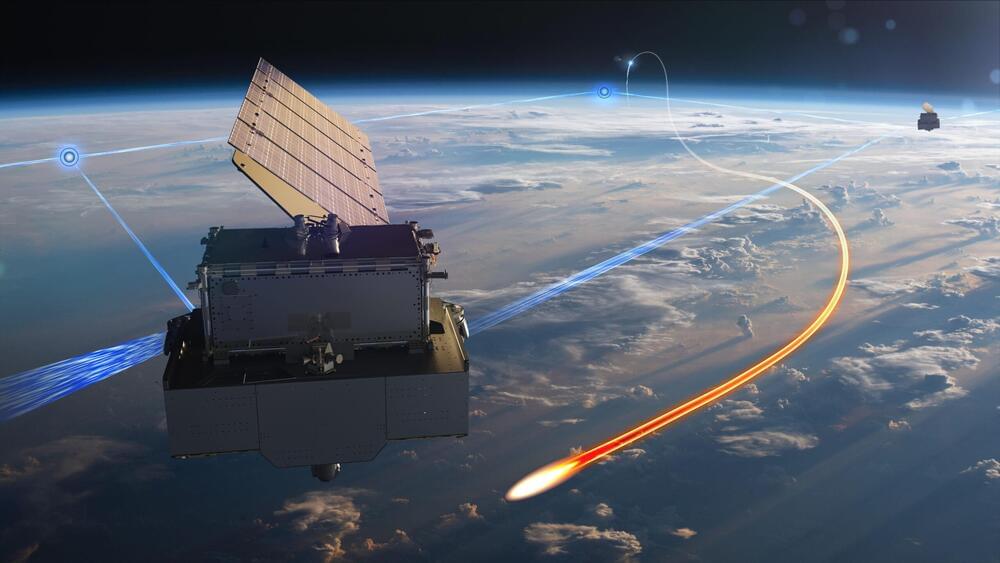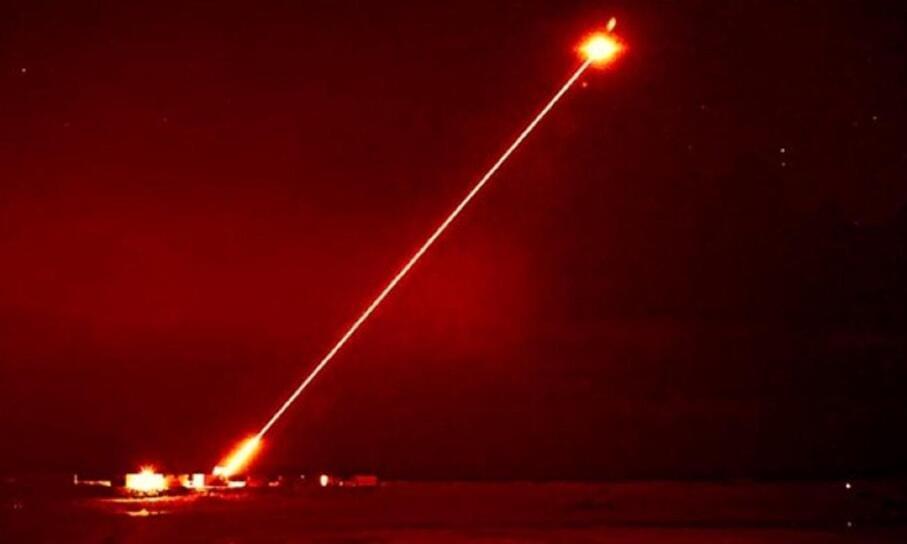
WASHINGTON — The Space Development Agency announced Jan. 16 it selected L3Harris, Lockheed Martin and Sierra Space to build and operate 54 satellites equipped with infrared sensors capable of tracking hypersonic missiles in all phases of flight.
The satellites will be part of SDA’s Tranche 2 Tracking Layer, a network of satellites in low orbit 1,000 kilometers above Earth.
The three agreements are worth about $2.5 billion. Each company will produce and operate 18 satellites — the contract awarded to L3Harris is worth $919 million, Lockheed Martin’s is $890 million and Sierra Space’s is $740 million. The contracts include incentives for on-time delivery.

















